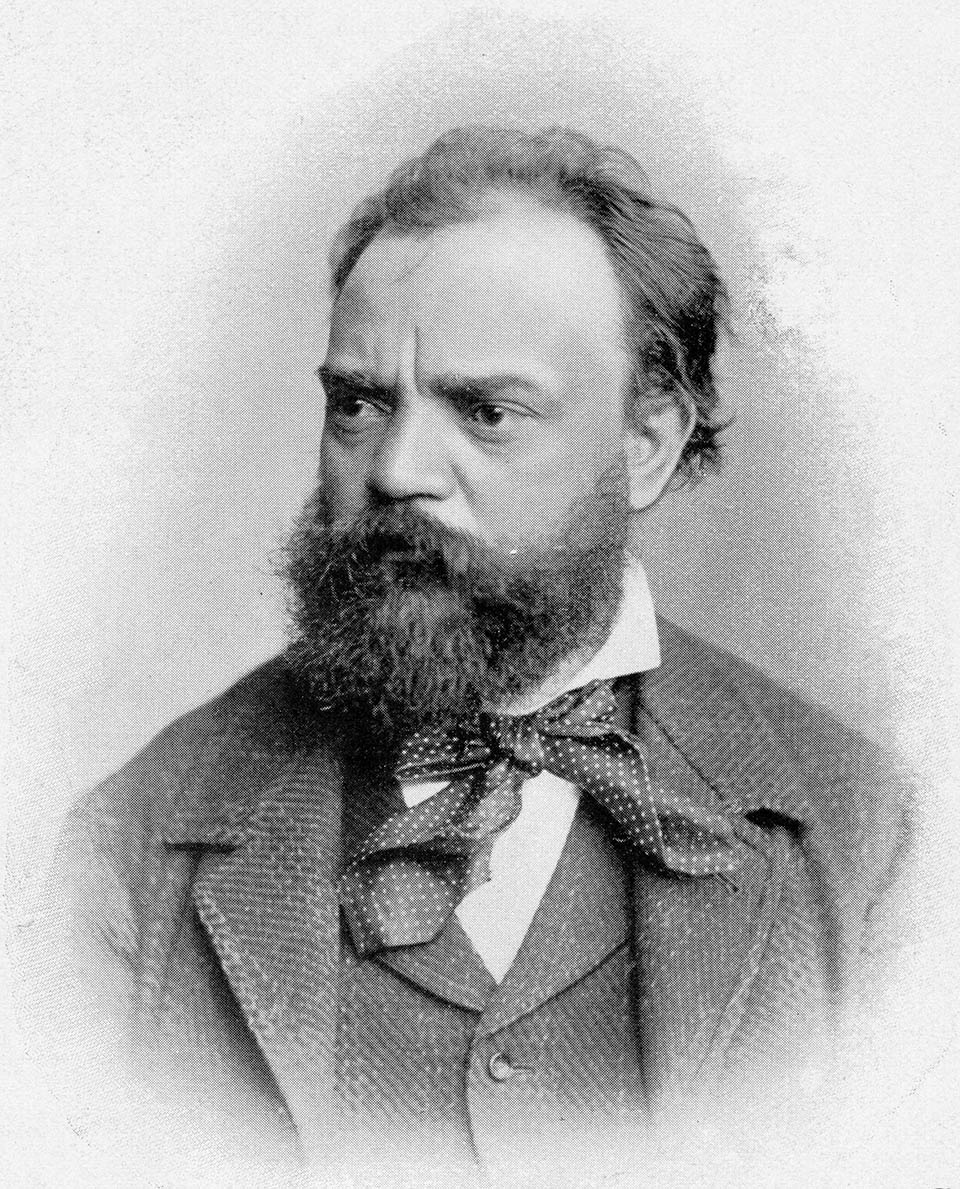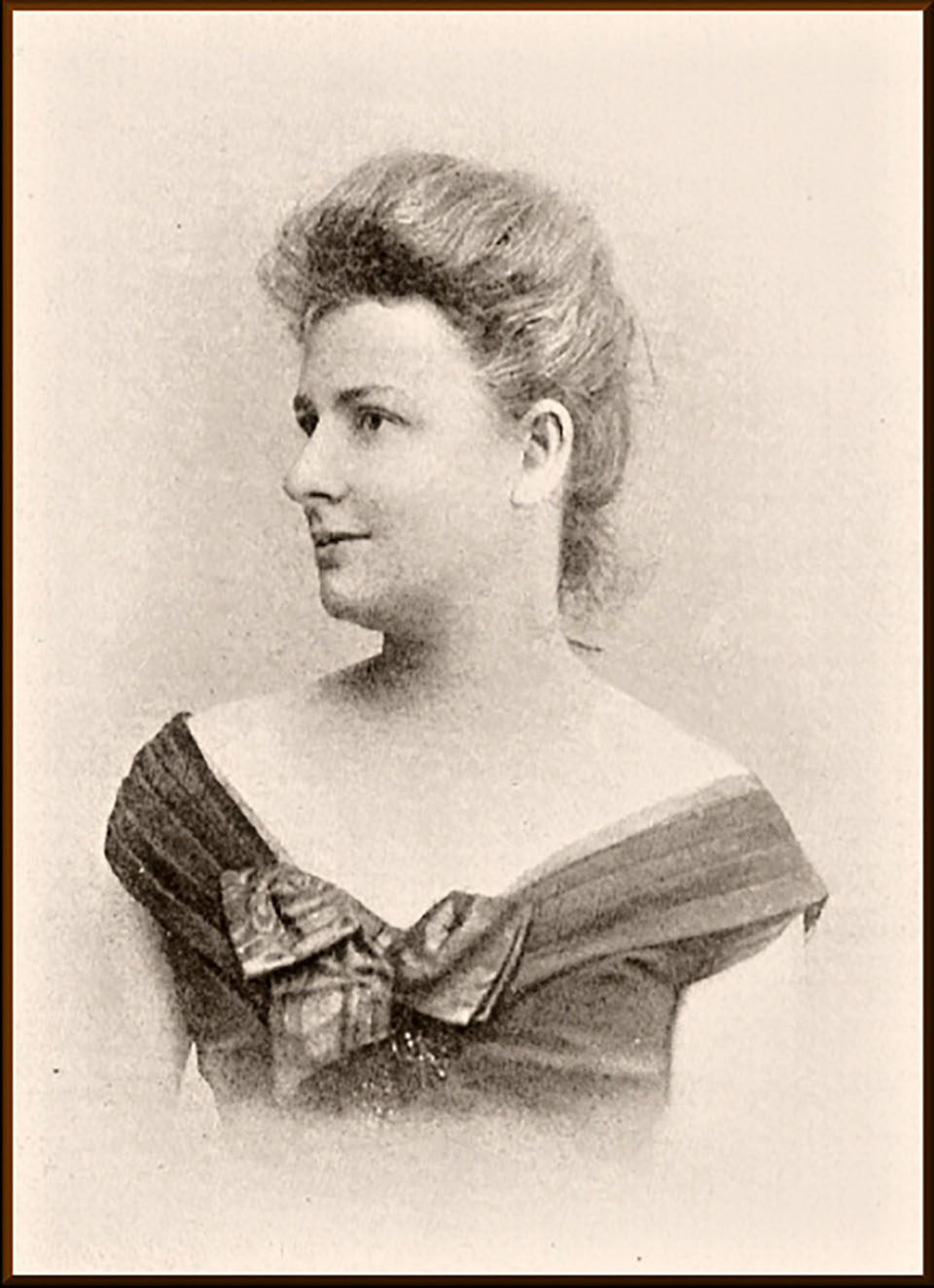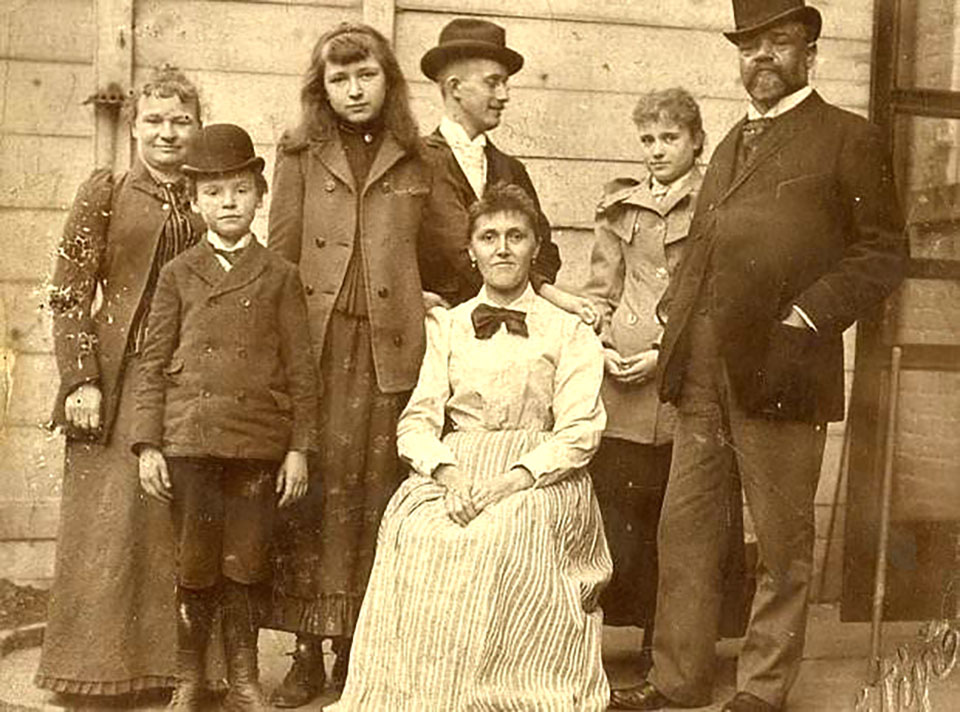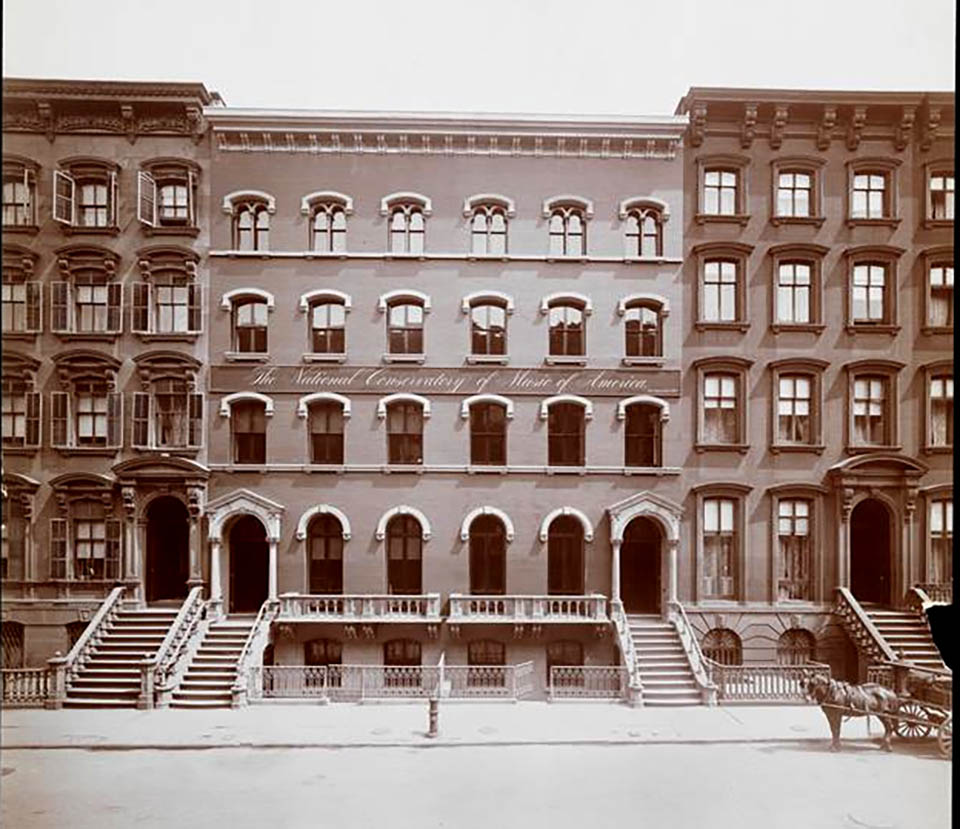
The other day, not having much to occupy my mind, I browsed through some classical music websites and found an article entitled something like, “The ten greatest Czech composers.” One is tempted to ask, “According to whom?” I don’t know about you, but I’m always suspicious of lists of this nature. I’d guess that in many cases, they merely represent the opinion of the author, rather than being the result of extensive research.
As a matter of interest, can you name ten Czech “great” classical composers? I bet you can’t – unless of course, you happen to be an expert on Eastern European classical music. Anway, there’s little argument about the three most influential: Dvořák, Smetana and Janáček. We could add one of my personal favourites, Bohuslav Martinů together with the less familiar composer and violinist, Josef Suk. Then there’s Jan Ladislav Dussek, whose piano sonatas are familiar to generations of student pianists. And we mustn’t forget the Czech answer to John Philip Sousa, named Julius Fučík, remembered (by some) for his jolly marches and polkas.
But that’s only seven. Curious to know the other “great” Czech composers, I scrolled down the page and discovered that they include Jakub Jan Ryba, Josef Mysliveček and Vítězslava Kaprálová. Have you heard of them? No, neither have I. Why these individuals are considered “great” remains something of a mystery. Instead, what about Franz Benda (the court composer to Frederick the Great), the symphonist Franz Xaver Richter or the prolific Zdeněk Fibich? We could mention Vítězslav Novák, best known for his orchestral works, or Josef Foerster whose choral pieces are still popular in the Czech Republic. And how about Alois Hába? He was the world’s foremost composer of microtonal music and his work was ground-breaking. It just goes to show that you shouldn’t necessarily believe everything you read on webpages. Including this one.
There is one composer on the list about whom there is no disagreement. Antonín Dvořák was undisputedly one of Europe’s most influential and important late 19th century musicians. The pronunciation of his name often confuses English speakers. I’ve seen two different phonetic versions: “dvor-jzahk” and “dvor-jacques”. Feel free to take your pick. If you speak French, you may prefer the second one. Born in 1841 in a village about twenty miles from Prague, Dvořák became involved in music early in life. As a youngster, he was an accomplished violinist and helped to provide the dance music at his father’s inn. His father, who also played the zither professionally recognized and encouraged his son’s musical talent.
Much later in adult life, Dvořák’s melody-rich music and his brilliant orchestration was to bring him world-wide fame. Even today, over a hundred years later, his music remains tremendously popular with concert-goers. Many of his compositions have been used in films and television. In 1973, the British company Hovis ran a television commercial which featured the slow movement of Dvořák’s Symphony No. 9 arranged for brass band. It was voted Britain’s favourite TV commercial of all time.
But Dvořák’s success as a composer came slowly. He was greatly influenced by the composer Bedřich Smetana, his senior by seventeen years and considered the father of Czech music. Smetana pioneered a “national” musical style and Dvořák continued in that vein, drawing freely from the folk music of Bohemia and nearby Moravia. Even so, when the self-critical Dvořák turned thirty-three in 1874, he was virtually unknown outside Prague. In the following years his fortunes changed dramatically. During the 1880s, a string a of musical successes brought him European fame as a Bohemian nationalist composer. In Dvořák’s time, Bohemia was a duchy of Moravia: Czechoslovakia had yet to be created.
It was Dvořák’s nationalist musical style that brought him to the attention of Jeannette Thurber, a remarkable American woman and wealthy philanthropist who founded the National Conservatory of Music of America in New York City.

She was anxious to develop an American musical style among the country’s composers and in 1891, Thurber offered Dvořák the post of Director of the Conservatory. It was the composer’s Big Break, but it was largely the appeal of an astronomical salary that persuaded Dvořák to cross the Atlantic. The original contract required working for three hours a day, six days of the week including teaching and conducting. The contract allowed four months’ holiday each summer. He was promised a salary of $15,000, a lavish sum at the time worth over $500,000 in today’s money. It was twenty-five times what Dvořák was being paid as director of the Prague Conservatoire.
Tens of thousands of Czech people had already emigrated to the United States. Dvořák loved to travel and he’d been all over Europe. He was an enthusiastic train spotter and in earlier years, he would spend many hours at Franz Josef railway station in Prague. Between 1884 and 1891, he crossed the English Channel nine times to direct concerts of his music in Britain, where he developed proficiency in English. The Americans had made a tempting offer, and so it was that on 17th September 1892, Dvořák, his wife and their two eldest children endured nine stormy days crossing the Atlantic.

There were high expectations in New York. “As soon as I arrived”, Dvořák wrote, “the next day all the local newspapers…wrote a great deal and enthusiastically about me and welcomed me as the greatest composer in the world. The Americans expect great things of me. I am to show them the way into the Promised Land, the realm of a new, independent art, in short, a national style of music.” As it turned out, Dvořák’s influence on American music and musicians was enormous, not only through his work at the Conservatoire, but also through his newspaper articles and compositions. Not surprisingly, he encouraged composers to draw on the heritage of folk music and especially that of African Americans.

During his two-and-a-half-year stay in America, Dvořák composed some of his most famous works, the “American” String Quartet and the Cello Concerto in B minor. In 1893, the New York Philharmonic commissioned Dvořák to write his Ninth Symphony. At the suggestion of the percipient Jeannette Thurber, he added the subtitle “From the New World”. It was premiered in New York to tumultuous applause and when the symphony was published, it was evidently seized on by conductors and orchestras all over the world.
Antonín Dvořák (1841-1904): Piano Trio No 4 in E minor, Opus 90 “Dumky”. Tim Brackman (vln), Kalle de Bie (vlc), Rik Kuppen (pno). Duration: 30:10; Video: 1080p HD
This is one of Dvořák’s most popular chamber works. I first heard it as a young music student and later discovered that it was one of my mother’s favourite works. The curious name dumky is the plural of dumka; a word borrowed from the Ukrainian which literally means “thought”. It gradually came to mean an epic ballad, invariably melancholic in character and has been described as “a bittersweet reflection on the sadness of life”. The musical dumka is a piece which contrasts slow, dreamy sections with more lively and boisterous ones. Dvořák used the form in several works as did many other composers of the late 19th century.
Using the dumka as a format gave Dvořák a wonderful opportunity to break away from the traditional chamber music forms and stamp the work with genuine Bohemian character. There are six movements, each using a dumka of a different mood and style. He completed the work in February 1891 and it was first performed the following April with Dvořák himself playing the piano part. It was so well received that Dvořák performed it at each of the forty concerts on his farewell tour of Moravia and Bohemia before leaving for the United States.
In his book on Dvořák’s chamber works, music critic Daniel Felsenfeld writes, “The form of the piece is structurally simple but emotionally complicated, being an uninhibited Bohemian lament. Considered essentially formless, at least by classical standards, it is more like a six-movement dark fantasia – completely original and successful, a benchmark piece for the composer.”
Dvořák often used rhythms and other elements of the folk music of Moravia and his native Bohemia and his style has been described as “the fullest recreation of a national idiom with that of the symphonic tradition, absorbing folk influences and finding effective ways of using them.” He’s been described as “arguably the most versatile composer of his time.”
This is a superb performance by these three young Dutch musicians and it’s one of the most expressive and sensitive performances I have heard, in which lively, spirited playing is contrasted with moments of utter sublimity. The titles of the movements are shown in the comments that accompany the video. For anyone who knows only the orchestral works of Dvořák, this performance is a wonderful introduction to his chamber music.
Despite being an international personality, Dvořák never let success go to his head. He had always loved the simple, country life. After the American adventure, he returned to Bohemia and built a small farm in a village not far from Prague. There, he spent part of each year composing and enjoying a hobby he had acquired in America: raising pigeons.










